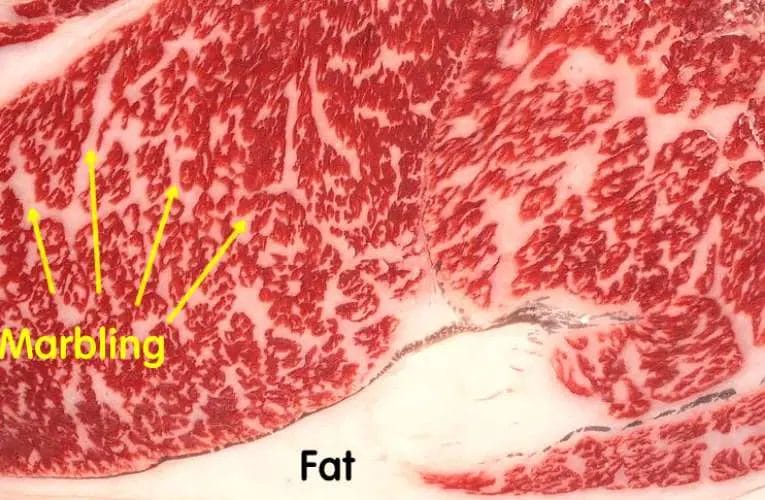Looking for the steak with the highest fat content? Look no further than the rib eye steak. Renowned for its rich marbling, the rib eye steak is known to be one of the juiciest and most flavorful cuts of beef.
Its high fat content gives it a luxurious texture and a melt-in-your-mouth tenderness that is hard to resist. Whether you’re grilling, broiling or pan-searing, the rib eye steak is sure to satisfy your cravings for a succulent and indulgent dining experience.
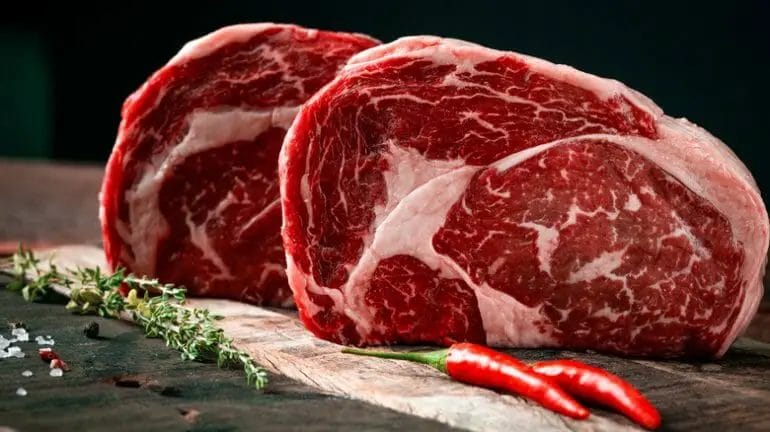
Ribeye: Exploring the Juicy and Flavorful Delight of Marbled Steak
When it comes to indulging in a tender and succulent steak, few cuts can rival the ribeye. Known for its rich marbling and exceptional flavor, ribeye steak is a favorite among meat lovers around the world.
In this section, we will delve into the enticing qualities of ribeye and explore why it has become a go-to choice for steak enthusiasts.
1. What is Ribeye?
Derived from the rib section of beef, the ribeye is a cut that is highly prized for its marbling. Marbling refers to the streaks of fat that are dispersed throughout the muscle tissue, giving the meat its characteristic tenderness and juiciness.
The intense marbling of the ribeye creates a flavorful and melt-in-your-mouth experience that is hard to resist.
2. The Perfect Balance of Flavors
One of the key reasons behind the popularity of ribeye steak is its remarkable flavor. The marbling not only enhances the tenderness but also infuses the meat with a rich and savory taste.
As the fat renders during cooking, it bastes the steak from within, resulting in a sumptuous and mouthwatering delight. The combination of the marbling and the beef’s natural juices creates a perfect harmony of flavors that is truly unforgettable.
3. Variations of Ribeye
While the ribeye is already a standout cut on its own, there are a few variations that you may come across:
- Bone-in Ribeye: As the name suggests, this ribeye steak comes with the bone still attached. The bone adds extra flavor and juiciness to the meat, making it a popular choice for many steak connoisseurs.
- Tomahawk Ribeye: This is a bone-in ribeye steak with an extended bone, resembling a tomahawk axe. This impressive cut not only offers a dramatic presentation but also provides exceptional flavor and tenderness.
- Cowboy Ribeye: Similar to the tomahawk ribeye, the cowboy ribeye also comes with an extended bone. It is often cut thicker, resulting in a heartier and more substantial steak.
4. How to Cook Ribeye
Cooking a ribeye steak to perfection requires a balance between achieving a beautiful sear on the outside while maintaining the desired doneness on the inside. Here are a few tips:
- Start by bringing the steak to room temperature before cooking.
- Season the ribeye generously with salt and pepper or your favorite steak rub.
- Preheat your grill or skillet to medium-high heat.
- Sear the steak for a few minutes on each side to create a golden crust.
- Lower the heat and continue cooking until the desired level of doneness is reached (medium-rare, medium, etc.).
- Let the ribeye rest for a few minutes before slicing and serving.
5. Serving Suggestions
Ribeye steak is incredibly versatile and can be enjoyed in various ways. Here are a few serving suggestions to elevate your dining experience:
- Serve it alongside roasted vegetables for a hearty and wholesome meal.
- Create a classic steakhouse experience by adding a side of creamy mashed potatoes.
- Elevate the flavors with a decadent compound butter, such as garlic herb or truffle butter.
- Pair it with a bold red wine, such as Cabernet Sauvignon or Malbec, to complement the richness of the meat.
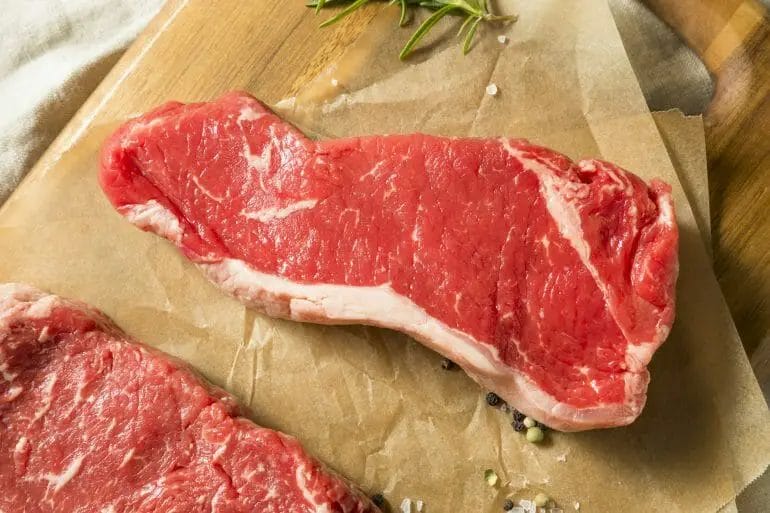
T-Bone: Savoring the Perfect Combination of Tenderloin and Strip Steak
When it comes to indulging in a mouthwatering steak, few cuts can rival the T-Bone. This delectable cut offers the perfect marriage of two highly sought-after steaks – the tenderloin and the strip steak.
With its unique shape and rich flavor, the T-Bone steak is a favorite choice for meat enthusiasts around the world.
The Anatomy of a T-Bone Steak
Named after the T-shaped bone that runs through its center, the T-Bone steak is an impressive cut that showcases two succulent portions – the tenderloin and the strip. The bone itself adds depth to the flavor and provides a visual appeal that is hard to resist.
The tenderloin, also known as the filet mignon, is located on one side of the bone. This portion of the T-Bone is incredibly tender and boasts a melt-in-your-mouth texture. Known for its lean and buttery flavor, the tenderloin is often considered the crown jewel of steaks.
On the other side of the bone lies the strip steak, known for its robust beefy flavor and satisfying chew. This portion of the T-Bone offers a perfect balance of tenderness and marbling, ensuring a juicy and flavorful eating experience.
Cooking the Perfect T-Bone Steak
When it comes to cooking a T-Bone steak, it’s important to consider the differing characteristics of the tenderloin and strip steak. The tenderloin portion cooks faster due to its lean nature, while the strip steak requires a bit more time to achieve the desired level of doneness.
Here are some tips for achieving the perfect T-Bone steak:
- Start by seasoning the steak generously with salt and pepper to enhance its natural flavors.
- Preheat your grill or skillet to high heat to achieve a nice sear on the steak.
- Place the T-Bone steak on the hot grill or skillet and cook for about 3-4 minutes on each side for medium-rare. Adjust the cooking time according to your preferred level of doneness.
- For best results, use a meat thermometer to ensure the internal temperature of the steak reaches 130°F (54°C) for medium-rare.
- Let the steak rest for a few minutes before slicing to allow the juices to redistribute and ensure maximum tenderness.
Whether you prefer to grill, pan-sear, or broil your T-Bone steak, following these guidelines will help you achieve a flavorful and perfectly cooked meal every time.
Pairing T-Bone Steak with the Perfect Side Dishes
A T-Bone steak is a hearty and filling main course that pairs well with a variety of side dishes. Here are a few classic and complementary options:
- Loaded baked potatoes: The creamy and indulgent flavors of a loaded baked potato perfectly complement the richness of the T-Bone steak.
- Grilled vegetables: Lightly charred and seasoned vegetables add a fresh and vibrant element to the meal.
- Creamed spinach: The creamy and savory flavors of creamed spinach provide a luscious accompaniment to the robust flavors of the steak.
- Mushroom sauce: A rich and savory mushroom sauce adds an extra layer of umami to the T-Bone steak.
Feel free to experiment with different side dishes to find your perfect pairing with the T-Bone steak.
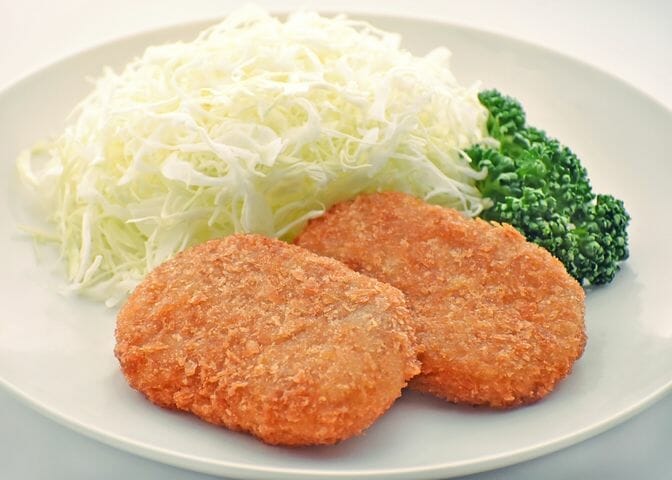
Porterhouse: Tasting the Best of Both Worlds in a Thick Cut of Steak
If you are a steak lover, you probably appreciate the nuances of different cuts of meat. One popular option that offers the best of both worlds is the Porterhouse steak.
This thick cut of beef combines two delicious cuts – the tenderloin and the strip steak – into one mouthwatering piece of meat.
The Porterhouse steak is named after the historic Porter House in New York City, where it gained popularity in the 1800s. It is a favorite among steak enthusiasts for its generous size and incredible flavor.
1. The Anatomy of a Porterhouse Steak
A Porterhouse steak is cut from the rear end of the beef loin. It consists of two main parts – the tenderloin and the strip steak. The tenderloin, also known as the filet mignon, is the smaller side of the T-shaped bone.
It is incredibly tender and has a mild, buttery flavor. The strip steak, also known as the New York strip or shell steak, is the larger side of the bone. It is a well-marbled cut with a rich, beefy flavor.
The main characteristic that sets the Porterhouse steak apart is the size of the tenderloin. To be considered a Porterhouse, the tenderloin portion must be at least 1.25 inches in diameter. In comparison, a T-bone steak has a smaller tenderloin portion and is typically around 0.5 inches in diameter.
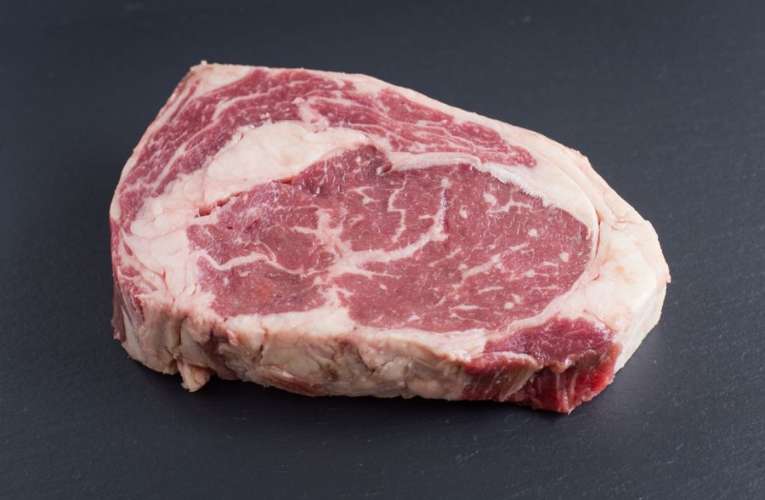
2. The Best of Both Worlds: Tenderloin and Strip Steak
One of the primary reasons why the Porterhouse steak is so popular is because it offers the best of both worlds – the tenderness of the filet mignon and the flavor of the strip steak.
The tenderloin is incredibly tender and almost melts in your mouth, while the strip steak has a robust, beefy flavor with beautiful marbling throughout.
When cooked properly, the Porterhouse steak delivers a perfect balance of tenderness and flavor. The combination of the two cuts creates a unique eating experience that is truly indulgent.
3. Cooking the Perfect Porterhouse Steak
To truly savor the flavors of a Porterhouse steak, it is essential to cook it correctly. Here are a few tips to ensure a mouthwatering result:
- Start with a high-quality cut of meat. Look for a well-marbled steak with vibrant red color.
- Allow the steak to come to room temperature before cooking. This helps to ensure even cooking.
- Season the steak generously with salt and pepper, or your favorite steak seasoning.
- Preheat your grill or pan to high heat. Searing the steak at a high temperature will create a delicious crust.
- Cook the steak to your desired level of doneness. Use a meat thermometer to ensure accuracy.
- Let the steak rest for a few minutes before slicing. This allows the juices to redistribute, resulting in a juicier steak.
4. Serving and Pairing
When it comes to serving a Porterhouse steak, simplicity is key. Let the flavors of the meat shine by keeping the accompaniments minimal. Serve with a side of grilled vegetables or a fresh green salad.
When it comes to pairing, the rich flavors of a Porterhouse steak pair well with robust red wines such as Cabernet Sauvignon or Malbec. If you prefer beer, opt for a full-bodied ale or stout.
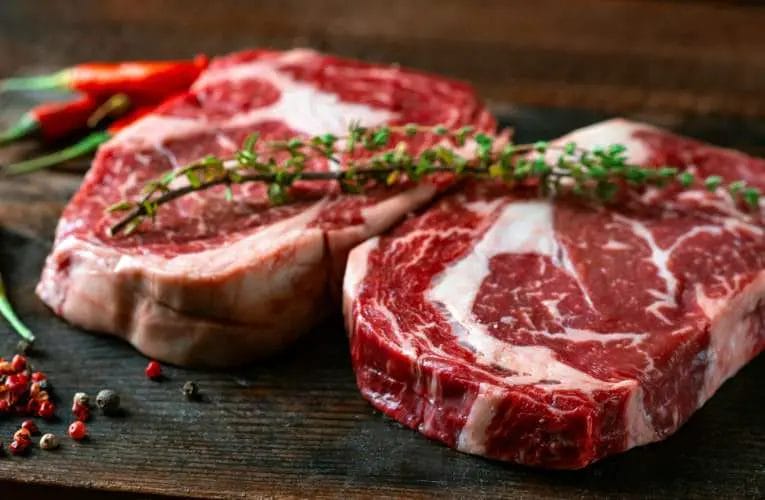
Striploin: Discovering a Leaner Yet Flavorful Alternative to Fatty Steaks
When it comes to indulging in a juicy steak, most of us can’t resist the temptation. However, many steak lovers find themselves torn between their desire for flavor and their commitment to a healthy lifestyle.
That’s where striploin comes in as a perfect solution – a leaner yet equally delicious alternative to fatty steaks.
Striploin, also known as New York strip or Kansas City strip, is a cut of beef that originates from the short loin of a cow. It is considered one of the most popular cuts due to its exceptional flavor and tenderness.
What sets striploin apart from other steaks is its lower fat content, making it an excellent choice for those who are mindful of their fat intake.
The Leaner Choice
Striploin is prized for its marbling, which refers to the distribution of fat within the muscle. Although it contains some fat, striploin is significantly leaner compared to other cuts such as ribeye or porterhouse.
This makes it an ideal option for individuals who are watching their saturated fat consumption or looking to maintain a healthy weight.
Despite its lower fat content, striploin doesn’t compromise on flavor. The marbling in this cut enhances its taste and juiciness, providing a satisfying culinary experience without excessive fat. The meat is tender and succulent, making it a delight to sink your teeth into.
Preparing Striploin
Striploin is versatile and can be cooked using various methods, including grilling, broiling, or pan-searing. Its moderate fat content keeps the meat moist even when cooked to medium or medium-rare, preventing it from drying out.
For optimal flavor, it is recommended to season striploin with a blend of herbs, spices, and a dash of salt and pepper. This will complement the natural taste of the meat without overpowering it.
Adding a pat of butter or a drizzle of olive oil while cooking can enhance the tenderness and richness of the striploin.
Pairing Striploin with Sides
When it comes to serving striploin, the possibilities are endless. Its versatility allows it to be paired with a wide range of sides and accompaniments. Here are a few popular options:
- Grilled vegetables: The charred flavor of grilled vegetables complements the richness of striploin, creating a well-rounded meal.
- Mashed potatoes: Creamy mashed potatoes serve as a classic side dish that perfectly complements the savory taste of striploin.
- Sautéed mushrooms: The earthy flavor of mushrooms pairs well with the deep flavors of striploin, creating a harmonious combination.
- Roasted asparagus: The tender and slightly crispy texture of roasted asparagus adds a refreshing element to the meal.

FAQs
Which steak has the most fat?
The ribeye steak has the most fat compared to other steak cuts. It is known for its marbling, which refers to the fat dispersed throughout the meat. This marbling contributes to the ribeye’s rich flavor and tenderness.
Conclusion
In conclusion, when it comes to steaks with the most fat, two cuts stand out: Ribeye and Porterhouse. These cuts are known for their marbling, which gives them a rich and flavorful taste.
However, it’s important to note that the high fat content in these steaks may not be ideal for individuals watching their fat intake or following a strict diet. If you prefer a leaner option, you may want to consider cuts like Tenderloin or Top Sirloin.
Ultimately, the choice of steak depends on your personal preferences and dietary needs. Enjoy your steak in moderation, and savor the indulgence it brings!

